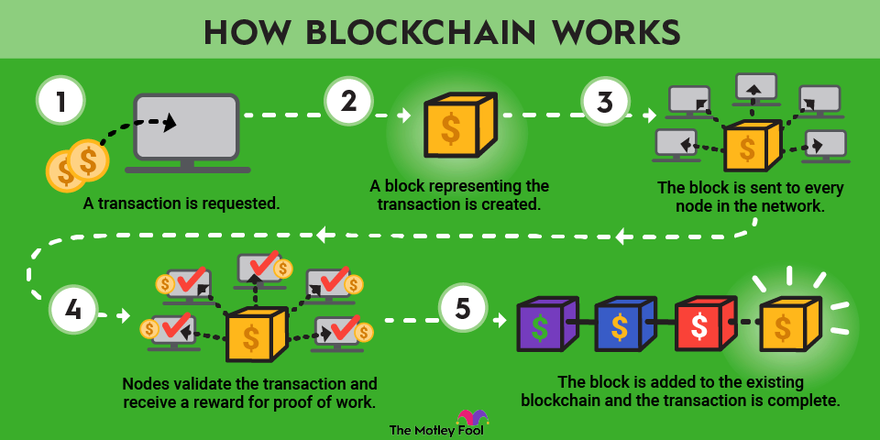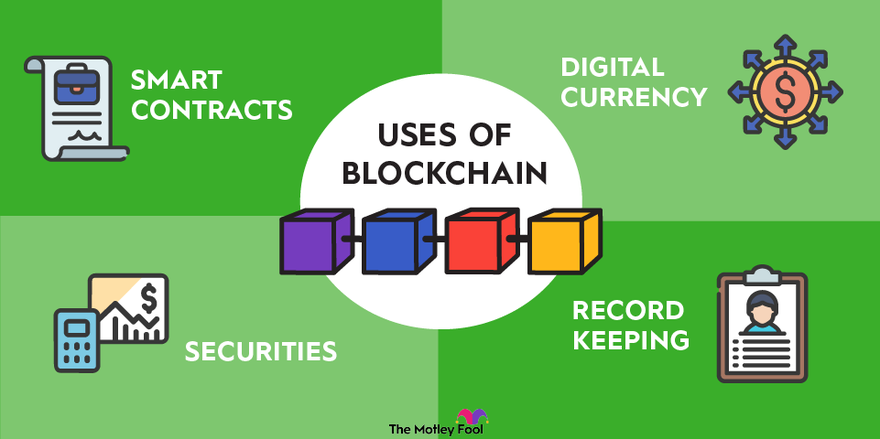



This package includes all those components, which are needed to launch a public blockchain platform as like ethereum or BSC. Following components are included in the whole service package.
Testnet is a sandbox version of the blockchain. It lets developers to test the platform without spending real money
(1) Blockchain Node: is the core component of the entire platform. This is an EVM
Layer 1 blockchain. These will include mainnet as well as testnet node.
● We will use EVM
● Node coinbase wallet will be set during the genesis deployment.
● TPS: 8000 -10000
● Blockchain algorithm: Anyone of DPoS
This is the main blockchain network. Its native coin is considered as a real currency of entire platform
Wallet: Users can hold, send, receive their coins and tokens. Users also will be
able to interact with smart contracts and dapps.
● Metamask can be used.
● Other web3 and EVM compatible wallets which allow adding custom networks
can be used too.
● Wallet credentials (will be provided):
○ Host URL:
○ Network / Chain ID:
○ Block explorer URL:
Block Explorers
Block explorer provides interface of the state of the blockchain. Both testnet and mainnet will have its explorer
Block explorer: Users can visualise the blockchain data, transactions, balances,
etc. Users also can interact with smart contracts as well.
● The URL of the block explorer will be provided after infrastructure setup.
● Both Mainnet and Testnet explorers are included
Faucet lets developers to request testnet coins to do their development and testing the platform
Faucet: Users can request testnet coins so they can build dapps and smart
contracts.
● The url of the faucet will be provided after infrastructure setup.
● Users can request 10 coins every day. This is to prevent abuse of the faucet
and prevents bad actors from draining the entire faucet balance.
● There will be an admin wallet from which testnet coins will be sent. You need
to keep funding this wallet. Do not put all the coins into this. Just keep small
amounts like a million coins until it runs out. This is to prevent any rare event of server-hacking and being drained of entire coins.
This is very significant component. It lets users to enter into the ecosystem from other blockchains
Cross chain bridge: will allow users to get your blockchain assets with other
blockchain assets.
For example, users can swap Ethereum ETH to your blockchain
pegged ETH.
The pairs will be the ones found in our demo system below.
If you want to add other pairs, you can add. You need to do further development with additional cost.
Decentralised Exchange (DEX) lets users exchange their assets inside the blockchain ecosystem.
AMM: this will be called Automated Market Maker (DEX).
This lets users swap the assets from one another, considering there is enough liquidity.
We will fork pancakeswap V2 for this blockchain.
Help developers to deploy Smart contract and create Decentralized Application on your blockchain
● System Architecture
● Component Development
● System Testing
● Delivery and Launch
What consensus algorithm will be use?
We can do Proof of Authority (PoA), Proof of Stake (PoS), Delegated Proof of Stake (DPoS), Hybridge Proof of Stake (HPoS). Out of all these, our recommended consensus is DPoS, as it is widely used and has more decentralisation over PoA.
Who provides the blockchain network security?
The blockchain network security is provided by the set of Validators. These validators are mainly the highest staking users. They earn transaction fee paid while transactions.
How to become a validator?
Becoming a validator is a two step process. First setup a validator node. This is to setup the entire blockchain node in the server. Then the second step is to stake the required coins. This minimum staking amount can be set when deploying the genesis block.
Which wallet will work?
Mainly Metamask will work for mobile as well as desktop. Since this is an EVM compatible blockchain. So, any wallet which supports adding new network will work.
How we do it?
Our engineering team will start the project once the payment is confirmed. And our team will setup entire ecosystem for your own brand.
How much is it?
Price depends on complexity as well as requirement of the project. depending on the project architecture and requirement. for pricing please contact us
How long time you take?
Again, it depends on project complexity and custom requirements. However for normal types of projects we can delivery in a 2 month time after getting payment .
How to add or remove validators?
Validator can be added through the validator smart contract, which is the following: 000000000000000000000000000000000000f000 To interact with this smart contract, you need to use the remix interface to do that.
How can a user become a validator?
To become a validator, the user needs to stake the specified coins. And after the validator's staking volume ranks in the top 21, it will become an active validator in the next epoch.
How many active validators can there be?
The current set of validators is responsible for packing out blocks, with a maximum of 21 active validators. This number can be changed if needed.
How can any fraudulent validator be punished?
Whenever a validator is found not to pack a block as predefined, the Punish contract is automatically called at the end of this block and the validator is counted. When the count reaches 24, all income of the validator is punished. When the count reaches 48, the validator is removed from the list of active validators, and the validator is disqualified.
How do users stake their coins to validators?
For any account, any number of coins can be staked to the validator, and the
minimum staking amount for each validator is 32 Coins (This amount can be set).
To unstake, following things should be done:
● Send an unstaking transaction for a validator to the Validators contract.
● Wait for 86400 blocks before sending a transaction to Validators contract to
withdraw all staking coins on this validator.